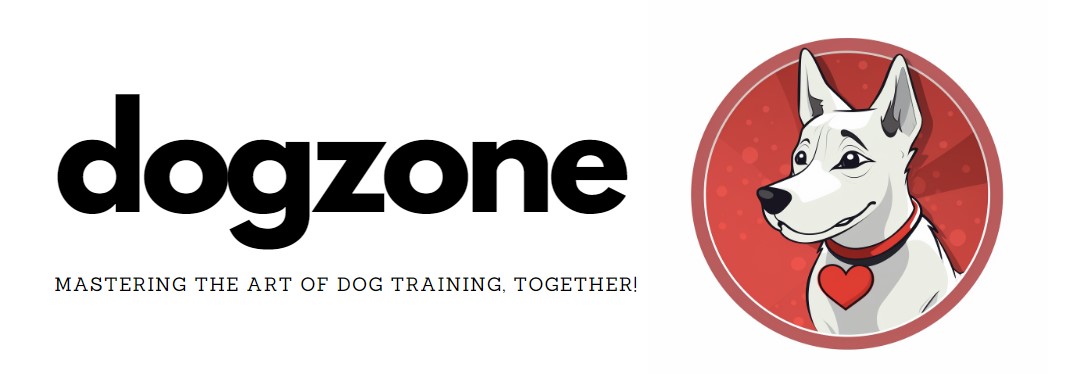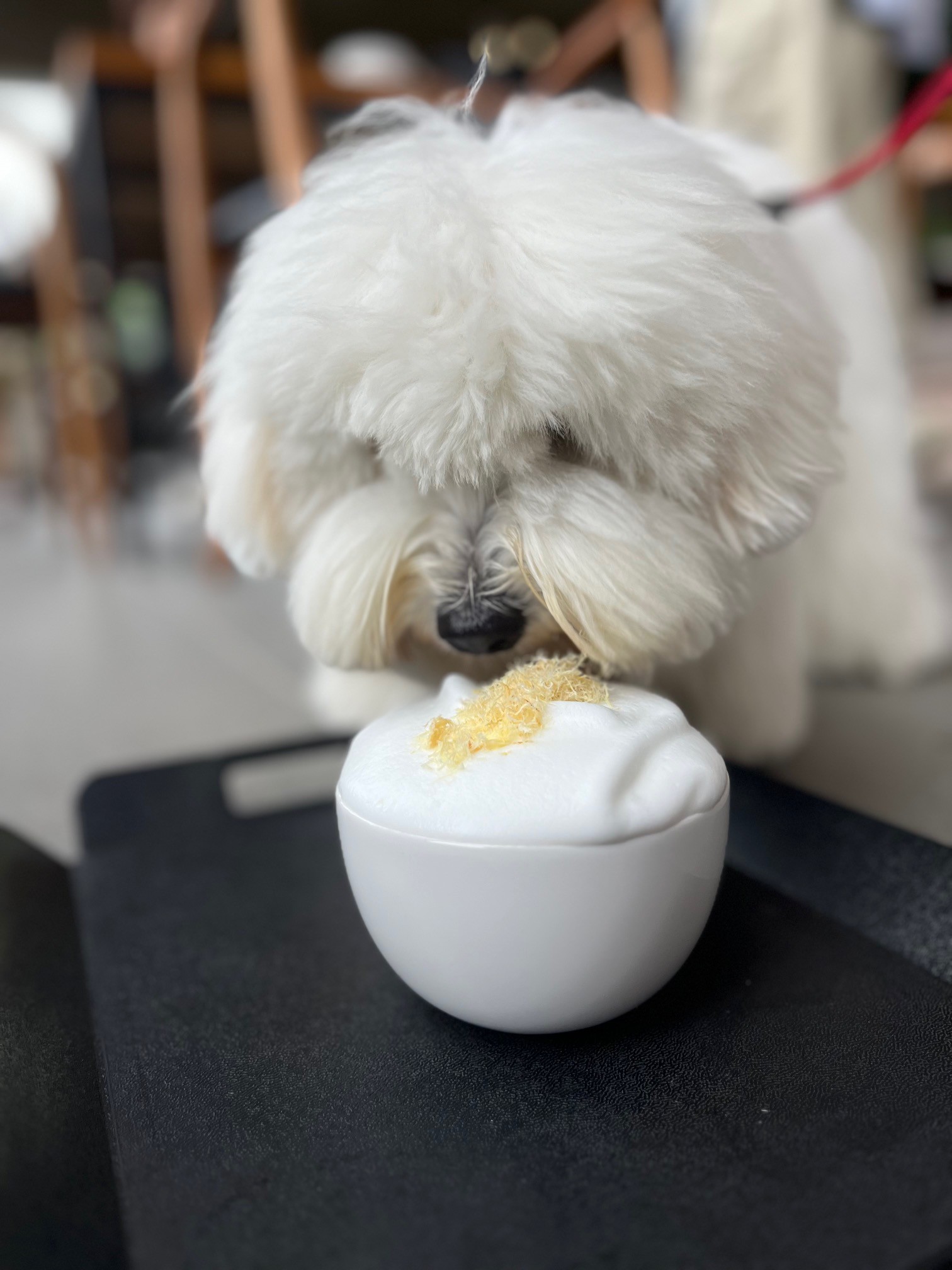From raising many puppies in the past, I know for a fact how quick they can be to swallow something they shouldn’t. Candles are one of those things, and you may be surprised how common it is for a dog to chew on or swallow a candle.
If this has happened to you, you’ll want to know what to do about it. Please be aware some candles are very harmful, particularly scented candles, which means getting you dog to the vet can be a must.
Here’s what you should know, and what you should do if your dog eats a candle:
What are the risks of a dog eating a candle?
These are the main risks when a dog eats a candle:
- Choking hazard or gastrointestinal blockage – Candle wicks, packaging materials, or other components of the candle may pose a choking hazard or cause an obstruction if swallowed by your dog. The most immediate concern is the potential for a gastrointestinal blockage. Depending on the size of the candle and the amount ingested, the solid wax can form a mass in your dog’s digestive system, leading to an obstruction that may require medical intervention – i.e. emergency surgery to extract it from your dog.
- Foreign body reaction – In addition to a physical blockage, a foreign object like a candle can cause an inflammatory reaction in your dog’s digestive system. This can lead to symptoms such as vomiting, diarrhea, abdominal pain, or loss of appetite. As your dog can’t speak, they may also suffer pain they are unable to communicate to you, or you don’t pick up on.
- Toxicity – Some candles contain toxic substances, such as scented oils, dyes, or additives, that can be harmful to dogs if ingested. Certain candle waxes, like those made from paraffin or soy, may also cause digestive issues or irritation. Vomiting and diarrhea symptoms may occur soon after eating the candle, but internal pain may not be as obvious. Consider the type of candle your dog consumed, and if in any doubt call your vet – they can give your dog medication to induce vomiting, to hopefully get as much of the candle out of your dog as possible.
- Burns or injury – If the candle was lit when the dog ingested it, there is a risk of burns to the mouth, throat, or gastrointestinal tract. Wax can stay very hot as it moves through your dog’s digestive system, and can result in injury and tissue damage.
How to assess the risk
Your vet is the best person to assess the risk of your dog eating a candle. They may be able to assess the risk to your dog over the phone using key information such as type of candle and how much is consumed.
Other factors used to help assess risk are as follows, and it’s worth having this information ready when you call your veterinarian:
- Size of dog, age, and any health conditions
- Amount ingested
- Type of candle
- Specific ingredients and additives in the candle
What type of candle did your dog eat, and what are the risks of each?
Some types of candle can be much more harmful than others. If your dog has eaten a candle, it is vital you assess the risk based on the type of candle they ate.
If you have any doubt whatsoever, speak with your vet immediately.
Below are common types of candle and the risks they pose to your dog:
Paraffin Candles
Paraffin candles, made from petroleum-based wax, are the most common type of candle.
Ingestion of paraffin wax can cause your dog gastrointestinal upset, including vomiting and diarrhea.
Scented paraffin candles pose the most risk to your dog, discussed below, as these may contain artificial fragrances or essential oils which can be toxic to your dog.
Scented Candles
Scented candles often contain fragrance oils or essential oils for aroma. Certain fragrances and essential oils, such as eucalyptus, citrus, or cinnamon, can be toxic to your dog if ingested, especially if they manage to consume a significant amount of the candle.
Toxicity is one of the two major risks of a dog eating a candle, the other main risk being obstruction. Scented candles can cause both of these risks, which is why it is better to avoid buying this type of candle in the first place.
Scented candles can cause gastrointestinal problems, skin irritation, and in some cases respiratory issues.
Soy Candles
Soy candles are made from soybean oil and are often marketed as a more eco-friendly alternative.
Soy candles cost more, but the risk to your dog from ingesting a soy-based candles is far less than paraffin or scented candles. You can consider soy candles to have a lower risk of toxicity compared to other types of candles.
However, consuming a large amount may still lead to gastrointestinal upset.
Beeswax Candles
Beeswax candles are made from the wax produced by bees. This type of candle is generally considered much safer for dogs, but ingestion of large quantities can still lead to digestive issues or blockage.
Gel Candles
Gel candles are usually made from a combination of mineral oil and polymer resin. Ingesting the gel can cause gastrointestinal issues such as blockage or irritation.
Decorative Candles
Decorative candles may contain additional components like decorative elements, embedded objects, or non-edible materials. In addition to how they’re made or scented, these candles pose an additional risk based on the decorative additions, often with a risk of blockage of digestive harm, but also toxicity.
Precautions are the best prevention
If your dog has already consumed a candle, or if you use candles around the home and simply what to know what precautions you can take, then consider the following:
Keep candles in safe, high places, on sturdy candle holders
Keeping candles out of your dog’s reach by placing them on high shelves, sturdy candle holders, or in areas inaccessible to your dog is a habit worth getting into.
When candles are not being used, make sure they’re stored safely in cabinets your dog doesn’t have access to, or if you like to have candles left out in a specific room, then make sure your dog doesn’t have access or you train him not to enter that part of your home.
Use “Pet-Friendly” candles
Using soy or beeswax candles are still a risk to your dog, but it’s always worth lessening the risks. Avoid cheaper candles or those scented with additives unsuitable to your dog. This may mean paying more for candles, but you’re likely buying candles heathier for yourself as well.
Another alternative is flameless candles or battery-operated LED candles. These still provide the ambiance without some of the risks of fire or ingestion. Your dog may not be as enticed into playing with a plastic object as they are a wax object, but you still want to ensure these candles are out of reach. Batteries are another hazard to your dog.
Scent and taste deterrents – a cunning trick!
Some dogs may be deterred by certain scents or tastes.
If your dog is persistent in chewing or eating candles or other undesirable objects, consider using a pet-safe deterrent spray (available at pet stores) or bitter-tasting substances. You can apply these to candles to discourage your dog from approaching or licking them.
Supervise your dog
When candles are lit, make sure your dog is supervised and kept away from the area at all times. This prevents them from accidentally knocking over or coming into contact with a candle.
Supervising your dog is often easier said than done, as you likely already know by now the mischief they will get into as soon as you turn your back or blink.
Training – Leave it, Stay Away, Drop
You’ll want to do this anyway, but commands like leave it, stay away, and drop are powerful tools if your dog grabs a candle. Constantly reinforcing these commands can help establish boundaries, and help you keep your dog away from all kinds of harmful objects.
Distraction and engagement
Provide your dog with appropriate toys, chews, or interactive activities to keep them mentally and physically engaged. This can redirect their attention away from candles and discourage undesirable behaviors.
Raw meaty bones are what I use to make sure my dog has focus on something healthy, rather than destroying my household objects and dangerous items.
Regular exercise and mental stimulus
Dogs are most destructive to our household items when they’re bored. Making sure your dog gets enough exercise and mental stimulation is a great preventative, and on of the most effective ways to stop them consuming harmful items like candles.
A well-exercised and content dog is less likely to engage in destructive or exploratory behaviors.
Seek professional help – Dog trainers and Behaviourists
If your dog shows persistent curiosity or a tendency to eat non-edible objects, spending some money on a professional dog trainer or behaviorist will pay dividends, and may save you money in the long run (and the safety of your dog).
Making sure your dog or puppy is properly trained will have so many benefits, and help you build more trust and a better bond with your dog.
Final thoughts on what to do if your dog eats a candle
If your dog eats a candle, try and remain calm and act swiftly.
Contact your veterinarian immediately for professional guidance. Follow their instructions, whether it involves monitoring your dog, inducing vomiting (if advised), or seeking a veterinary examination.
To prevent your dog from the risks of eating a candle in the future, secure candles out of your dog’s reach, consider pet-friendly alternatives, supervise your dog at all times around candles, and provide proper training and stimulation to discourage their curiosity.
Let me know if this information has helped, or what your experiences have been – has your naughty pooch eaten a candle, and what happened?
Gina & Maisy



Leave a Reply